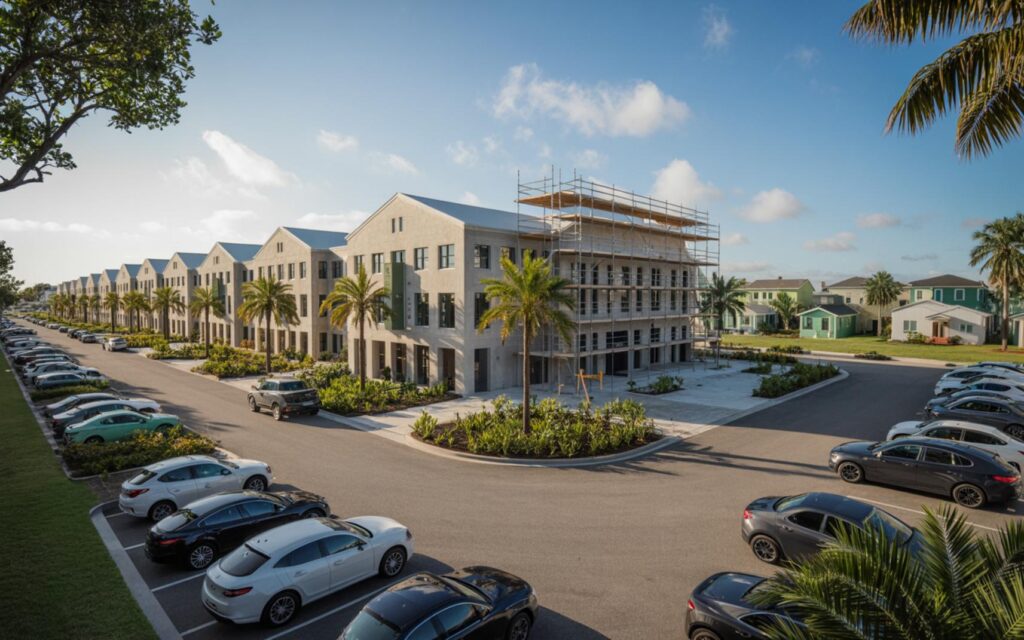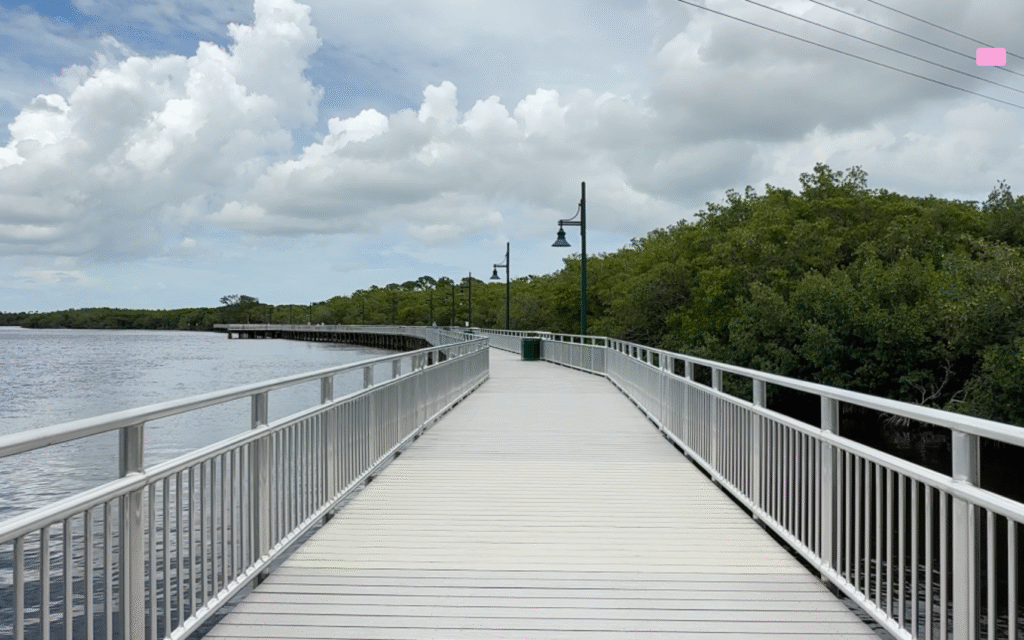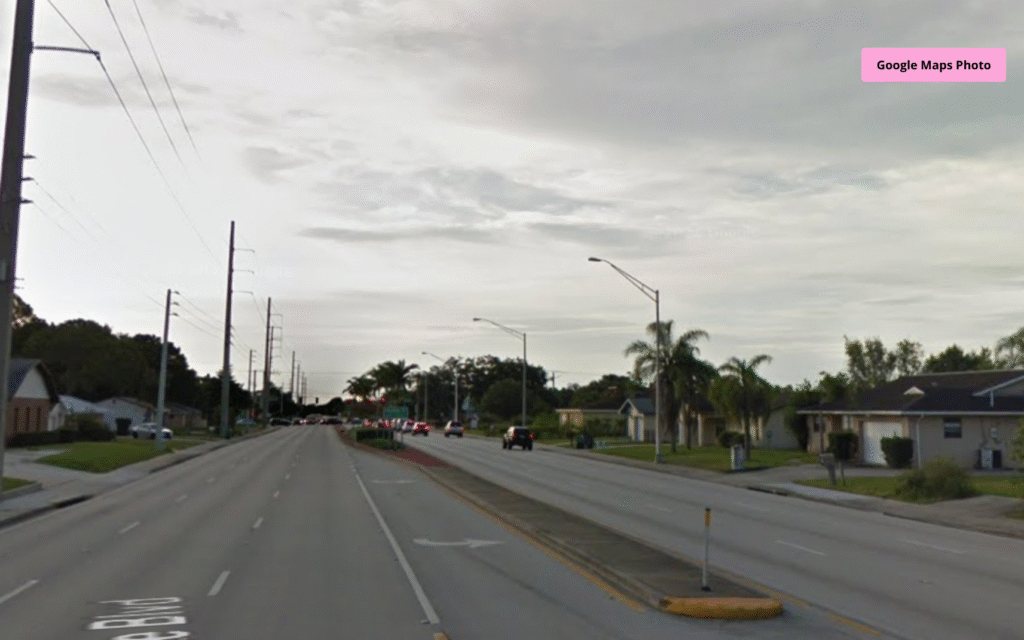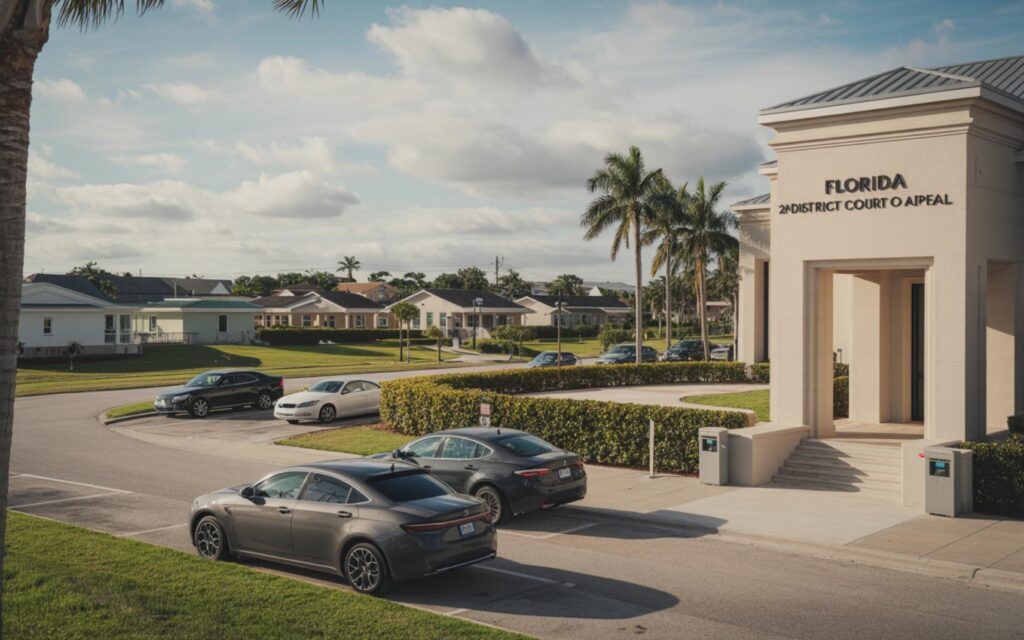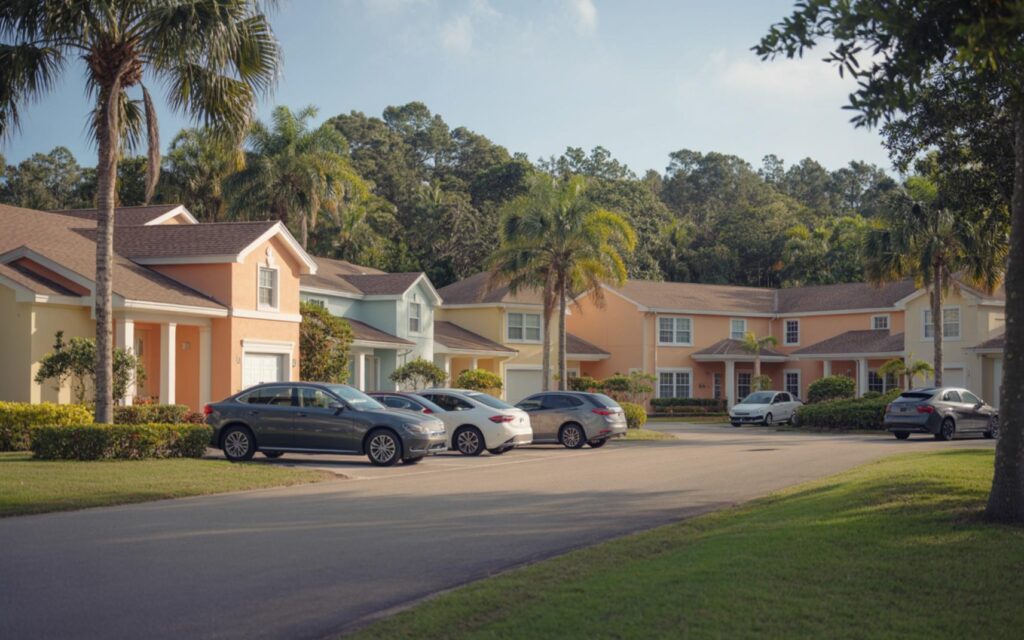SpaceX launched 24 Amazon Project Kuiper satellites from Cape Canaveral, Florida on October 13, 2025, marking a significant step for Amazon’s low Earth orbit broadband initiative. The launch is part of Amazon’s plan to build a global satellite internet network, with Project Kuiper aiming to compete with existing services like SpaceX’s Starlink.
SpaceX Launches Project Kuiper Satellites From Florida
This recent mission used a Falcon 9 rocket to deliver 24 satellites into orbit. According to SpaceX, the satellites were deployed at an altitude of 289 miles (465 kilometers) and will gradually move to their operational orbit at 392 miles (630 kilometers).
This launch is the third and final Project Kuiper mission contracted to SpaceX, following previous launches using both Falcon 9 and United Launch Alliance (ULA) Atlas V rockets. With this flight, Amazon has now placed a total of 153 Kuiper satellites in orbit out of a planned 3,236.
Project Kuiper’s Growing Satellite Constellation
Project Kuiper is Amazon’s effort to create a broadband satellite constellation in low Earth orbit. The goal is to provide high-speed internet access to underserved and remote regions worldwide. The Federal Communications Commission (FCC) requires Amazon to launch at least half of the planned constellation by July 2026, with the full network expected by July 2029.
According to Amazon, the company has contracted more than 70 launches for Project Kuiper, involving a variety of rockets and providers. These include future missions with Arianespace’s Ariane 6, Blue Origin’s New Glenn, and ULA’s Vulcan Centaur. However, many of these rockets have experienced development delays, leading Amazon to use SpaceX for rapid deployment despite the companies being direct competitors in satellite internet.
Florida’s Role in Commercial Space Launches
Cape Canaveral and the wider Space Coast region continue to serve as a major hub for commercial space activity. The increasing number of satellite launches highlights Florida’s importance in the evolving space industry. In 2025, SpaceX has conducted the majority of launches from the region, supporting projects like Project Kuiper and other commercial satellite deployments.
Amazon’s Kennedy Space Center facility in Florida, valued at $140 million, is designed to support up to three simultaneous launch campaigns for Project Kuiper. This infrastructure enables Amazon to keep pace with regulatory deadlines and the technical demands of deploying a large satellite network.
Technical Details of the SpaceX Kuiper Launch
The October 13 launch faced several weather-related delays, including rain and rough seas caused by a tropical storm. According to SpaceX, the mission proceeded once conditions improved, launching under clear skies. The Falcon 9 first stage booster used for the mission was reused and landed successfully on a droneship in the Atlantic Ocean after launch, demonstrating the company’s focus on reusable rocket technology.
ULA has additional Atlas V rockets ready for future Kuiper launches, but the need for rapid deployment led Amazon to also use SpaceX. This collaboration underscores the logistical challenges of deploying large satellite constellations and the competitive environment among launch providers.
Comparison to SpaceX Starlink
Project Kuiper is similar in concept to SpaceX’s Starlink, which already has over 8,500 operational satellites in orbit. Both networks aim to provide global broadband coverage, with a focus on connecting areas lacking reliable internet access. The rapid growth of these constellations is having a significant impact on the space launch industry and the orbital environment.
Regulatory and Industry Impacts
The FCC’s requirement for Amazon to launch half of the Project Kuiper constellation by July 2026 has influenced the company’s aggressive launch schedule. According to official sources, meeting these regulatory deadlines is critical for Amazon to maintain its authorization and continue building out the network.
Industry experts highlight the importance of rapid deployment, the challenges of managing large numbers of satellites, and the effects on the space environment. The growing frequency of launches from Florida’s Space Coast reflects the region’s central role in supporting these developments.
Frequently Asked Questions About SpaceX Launches Amazon Project Kuiper Satellites
What is Project Kuiper?
Project Kuiper is Amazon’s plan to build a low Earth orbit satellite network that provides high-speed broadband internet around the world. The project aims to connect underserved and remote regions with reliable internet service.
How many Project Kuiper satellites has Amazon launched so far?
As of October 2025, Amazon has launched 153 Project Kuiper satellites into orbit. The full constellation will include 3,236 satellites once complete.
Are there other companies launching similar satellite constellations?
Yes, SpaceX operates Starlink, which already has over 8,500 operational satellites providing broadband internet globally. Other companies are also planning or deploying similar networks.
Can you see Project Kuiper satellites from Florida?
Some Project Kuiper satellites may be visible from Florida shortly after launch, especially during clear conditions. However, they are usually too small and high up to be seen without special equipment.
Where are SpaceX and Amazon launching these satellites?
Most Project Kuiper launches take place from Cape Canaveral and Kennedy Space Center in Florida. These sites are key locations for commercial space activity in the United States.


